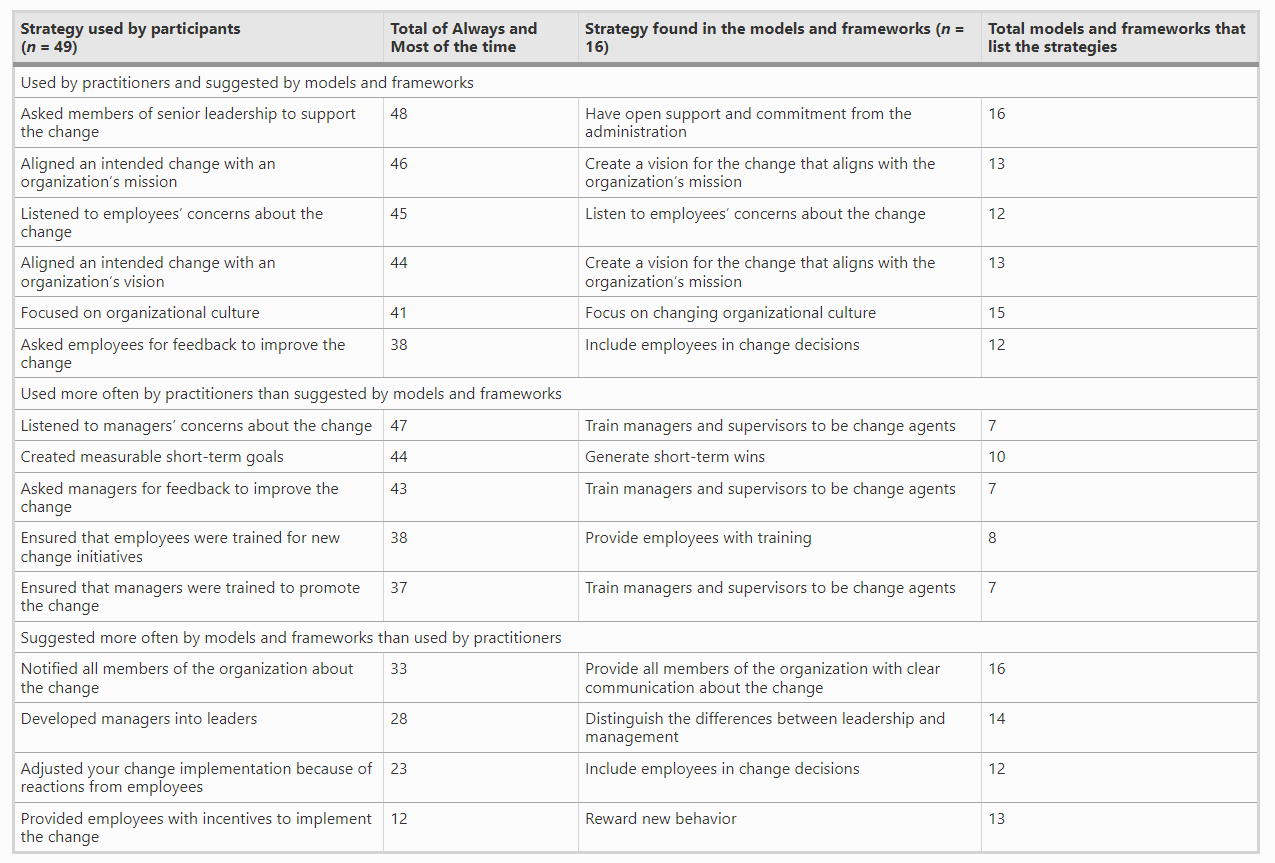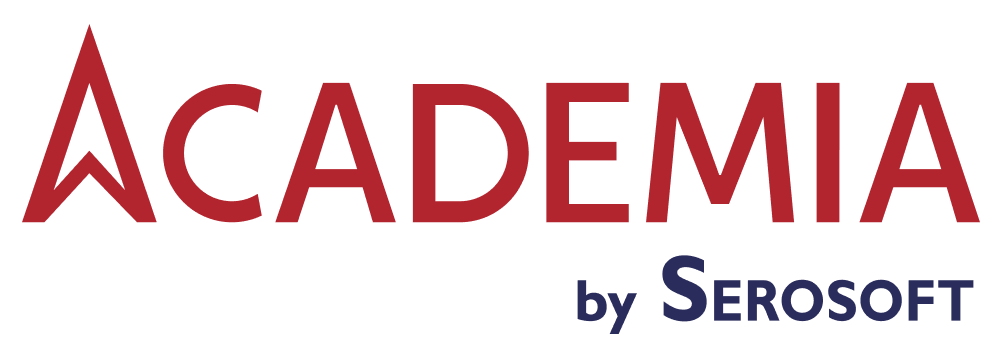Change is an inevitable aspect of life, and the education sector is no exception. As technology continues to reshape the landscape of learning, embracing change becomes crucial for educational institutions. Change management in education entails strategic planning and execution to ensure a seamless transition towards adopting technological advancements. In this blog, we delve into the key principles of change management in the context of education management.
- Communicate About the Change: Transparent communication is the cornerstone of successful change management. Educational leaders must communicate the reasons behind the change, its benefits, and the expected outcomes to all stakeholders. Providing clear and consistent messages fosters understanding and minimizes resistance.
- Involve Stakeholders at All Levels of the Organization: Engaging stakeholders across various levels – students, teachers, administrators, parents, and support staff – empower them to take ownership of the change. Involvement encourages a sense of responsibility and collective commitment, which are vital for a successful transition.
- Focus on Organizational Culture: A supportive organizational culture is instrumental in facilitating change. Create an environment that promotes innovation, experimentation, and adaptability. Encourage open dialogue and feedback, allowing individuals to voice their concerns and ideas without fear.
A comparison of the strategies used by practitioners to the strategies found in the literature
Table Source: https://link.springer.com/article/10.1007/s11528-022-00775-0/tables/4

- Consider the Organization’s Mission and Vision: Align the proposed change with the institution’s overarching mission and vision. Any change should enhance the educational institution’s ability to achieve its educational goals. This alignment provides a sense of purpose and direction, making the change more meaningful.
- Provide Encouragement and Incentives to Change: Acknowledge and celebrate small wins during the transition. Recognizing the efforts of individuals and teams fosters a positive attitude toward change. Additionally, consider offering incentives, such as professional development opportunities or recognition, to motivate stakeholders to embrace the change.
- Future Conversations Between Practitioners and Researchers: Bridge the gap between practitioners and researchers to ensure a well-informed approach to change. Collaboration between educators, researchers, and technology experts can lead to innovative solutions that address the evolving needs of education.
While change may appear daunting, it is imperative to evolve alongside technological advancements in education. Change management provides the roadmap to navigate this transformation successfully. Remember that change is not merely about adopting new tools, but about fostering a culture of continuous improvement. With proper communication, stakeholder involvement, a nurturing culture, and a strong alignment with the institution’s mission, change can be a catalyst for positive growth. As we embrace the future, tools like Academia ERP/Student Information System can serve as invaluable companions, facilitating the seamless integration of technological progress in education. So, let’s walk hand-in-hand with change, and with the right strategies, make the journey a smooth and enriching one.
Reference –
Phillips, J., Klein, J.D. Change Management: From Theory to Practice. TechTrends 67, 189–197 (2023). https://doi.org/10.1007/s11528-022-00775-0









